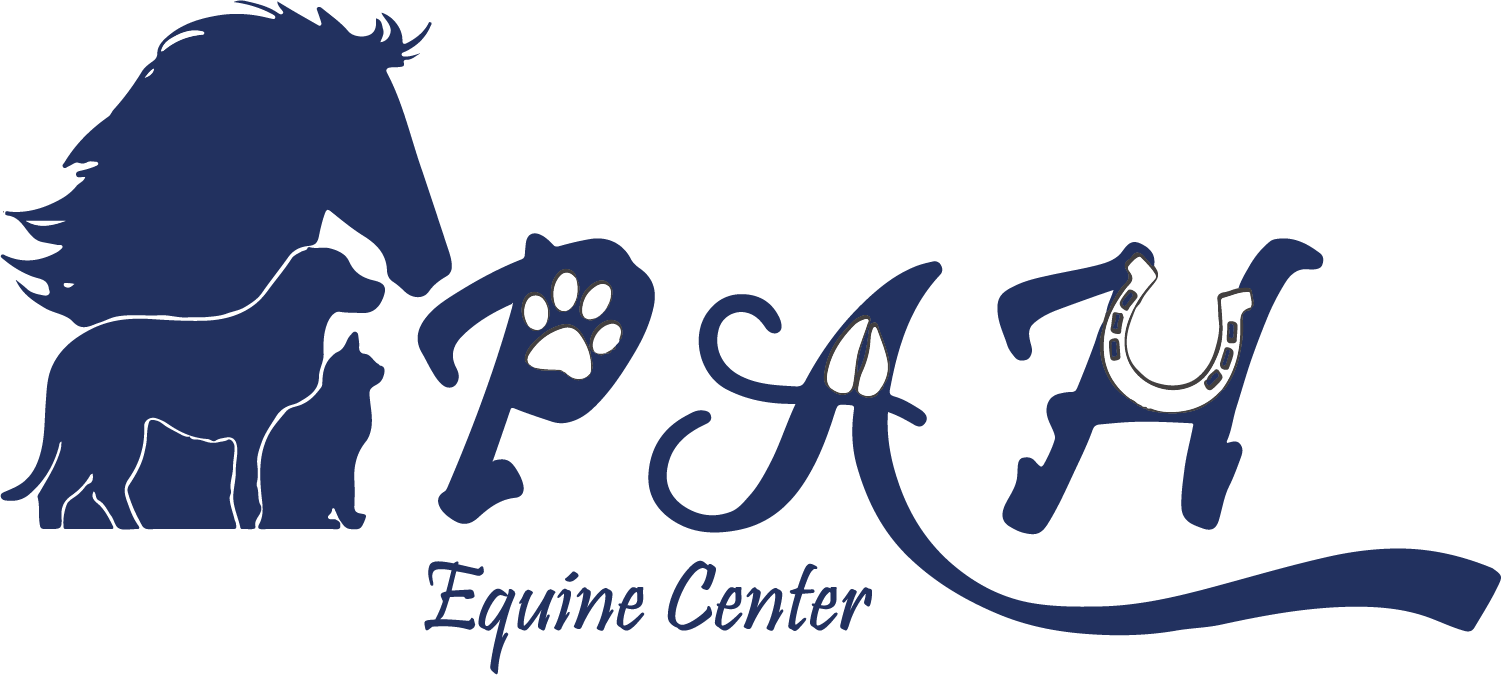Horse Allergies
Horses can acquire a variety of issues that are commonly attributed to allergic reactions. Some of these conditions include pruritic (itchy) skin diseases, recurrent urticaria (raised skin lesions), allergic rhinoconjunctivitis (swelling of the tissue around the eye and inside of the nose), and reactive airway disease. One of the most well understood equine atopic disease is insect hypersensitivity. Atopy is a group of diseases characterized by hyperreactivity to environmental allergens, including the reactivity to foods. One of the most well understood equine allergies is that of insect bite hypersensitivity.
Insect bite hypersensitivity
The most common cause of equine insect bite hypersensitivity is the hypersensitivity to Culicoides (No-see-ums). This disease is characterized by pruritis (itching) and areas of crusting on the skin or hair loss (alopecia). The typical clinical signs associated with Culicoides hypersensitivity vary depending on the actual species of the fly present. The most common distribution of reactions is along the face, mane, whithers, and rump. However there is also a “ventral variation” where the areas of crusting and hair loss will appear along the underside of the jaws and along the belly. Most commonly a diagnosis of Culicoides hypersensitivity is made based on clinical signs, response to insect control, and either intradermal skin testing or blood testing. The Culicoides biting midge tends to feed from dusk until dawn, and thus stabling a horse that is sensitive to their bite during this time is one of the first “treatments” performed. Additionally the Culicoides biting midge is a very weak flying insect, and thus the addition of a fan to the horse’s stall can help to prevent the insect from biting a horse. Culicoides eggs are laid in areas that have moisture, and thus moisture control also becomes important. Although we commonly think of Arizona as being a fairly dry place during the summer, simply the condensation from an air conditioning unit is enough moisture for the Culicoides midge to lay its eggs.
Treatment
Treatment for a horse that is sensitive to the Culicoides midge is aimed at preventing exposure. Thus the horse would be stalled away from sources of moisture such as lakes, ponds, or damp soil when possible from dusk until dawn. When the horse is stalled then a fan would also be added to provide constant air movement in the stall to prevent the midge from being able to reach the horse. Additionally the regular use of topical insect deterrents is also helpful in prevent Culicoides from biting a horse. Spray-on or pour-on insect repellants that contain permethrin are the most common products used to help prevent biting by the Culicoides midge.
Insect control
With the warm weather returning to the area, insect control again becomes something that has to be a consideration. Although hypersensitivities to insects like the Culicoides midge is not uncommon, it is always best to continue to work with your veterinarian to try and reach an appropriate diagnosis prior to instituting any treatment protocols. There are many causes of skin problems in horses and relief is only possible when the correct treatment is matched with a correct diagnosis.
What's Next
Call us or schedule an
appointment online.Meet with a doctor for
an initial exam.Put a plan together for
your pet.

